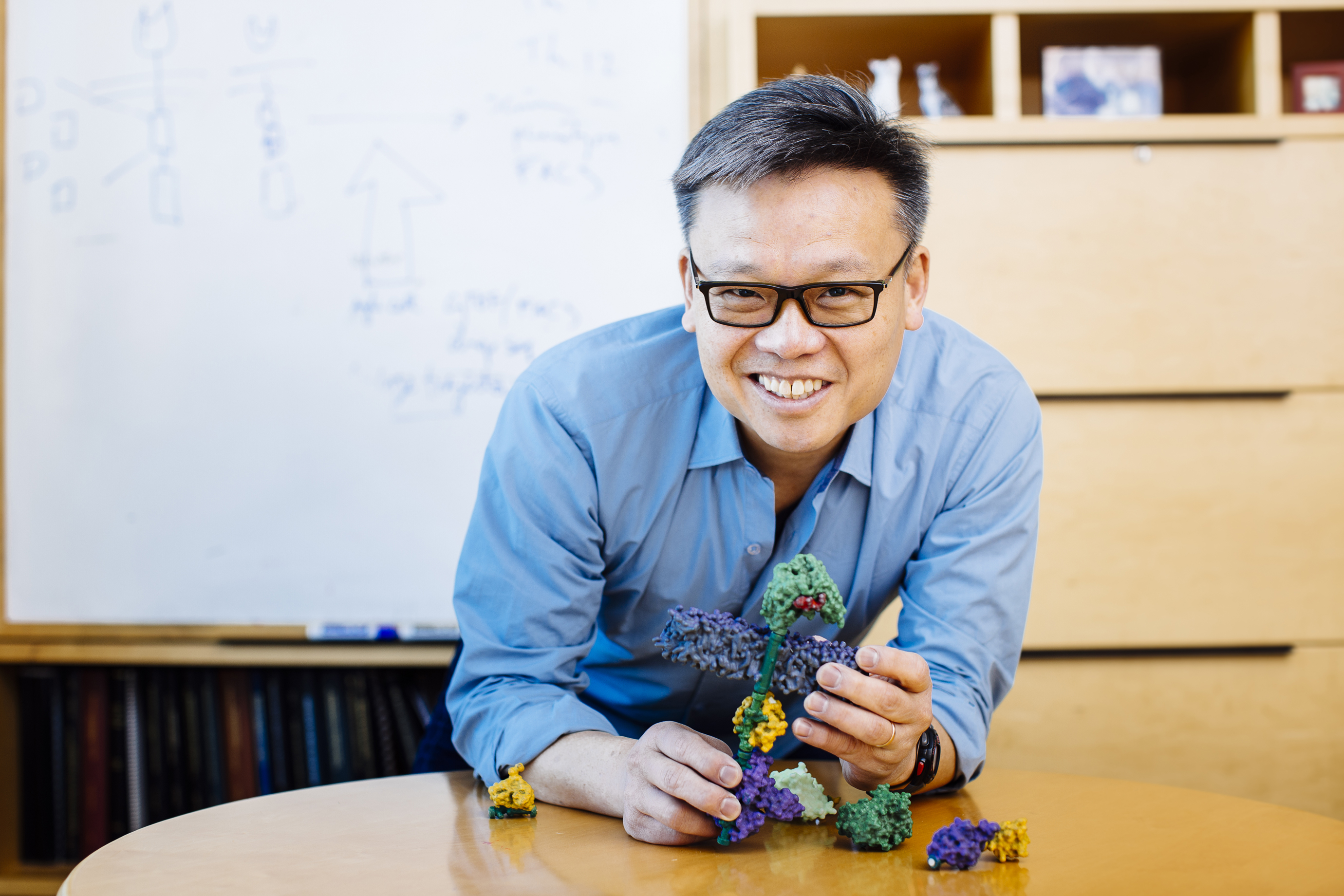Genetic Programmers Are the Next Startup Millionaires

A two-year-old company developing molecular “logic” for cancer treatment has been snapped up for $175 million by Gilead Sciences amid a surge of interest in ways to battle disease using engineered immune cells.
The pricey acquisition of Cell Design Labs, a startup that’s produced no drugs, signals an ongoing acquisition frenzy around one of cancer medicine’s most promising approaches.
Cell Design Labs, founded by University of California, San Francisco, synthetic biologist Wendell Lim, creates “programs” to install inside T cells, the killer cells of the immune system, giving them new abilities.
Beginning in August, the U.S. approved two novel treatments in which a person’s T cells are genetically reprogrammed to seek and destroy cancer cells.
Known as “CAR-T,” the treatments are both revolutionary and hugely expensive. A single dose is priced at around $500,000 but often results in a cure. Gilead quickly paid $12 billion to acquire Kite Pharma, maker of one of those treatments.
The initial T cell treatments, however, work only with blood cancers. Now, by picking up Lim’s company, Gilead is investing in the next generation of cell designs that could help treat more types of cancer.
Going after tumors of the brain, lung, or liver is going to require more precision to kill cancer cells without destroying those vital organs.
“The first wave of these cell therapies, the miracle was that something worked at all,” says Lim. “In the future it will be much more of an engineering discipline. These cells are programmable, so having the right operating system and right language are critical to reaching the next level of sophistication and predictability.”
Cell Design Labs, which claims to control key patents covering designer T cells, had been developing new designs, including one featuring a molecular dial that let them turn the killing activity of T cells up or down. Another featured a T cell reengineered to turn on only if it is attached to not one but two separate molecules on a target cell. That feature could be helpful in safely hitting harder-to-reach tumors.
In many ways, Lim says, he got “lucky” in becoming one of the first to pair synthetic biology with immune cells.
Six years ago, he says, he was still fooling around with yeast and neurons, using his training to make them do interesting tricks by adding new functions.
But his thinking changed after a meeting with Carl June of the University of Pennsylvania medical school, the doctor famous for early efforts to show that T cell treatments could save leukemia patients.
“Then it dawned on me that the ability to reengineer immune cells was going to matter,” Lim recalls. “It was like a scene from The Graduate.” Except instead of plastics, June wanted him to remember that the immune system could be the perfect setting for his ideas.
Gilead will pay up to $567 million in total if things go well with the technology, showing just how vital genetic programming techniques will be in taking the therapies to the next level of sophistication.
The ability to design T cells with precision also means companies will probably be able to go beyond cancer, turning them into drug delivery drones, letting them hunt HIV, or maybe using them to solve autoimmune diseases (see “10 Breakthrough Technologies 2016: Immune Engineering”).
Deep Dive
Biotechnology and health
How scientists traced a mysterious covid case back to six toilets
When wastewater surveillance turns into a hunt for a single infected individual, the ethics get tricky.
An AI-driven “factory of drugs” claims to have hit a big milestone
Insilico is part of a wave of companies betting on AI as the "next amazing revolution" in biology
The quest to legitimize longevity medicine
Longevity clinics offer a mix of services that largely cater to the wealthy. Now there’s a push to establish their work as a credible medical field.
There is a new most expensive drug in the world. Price tag: $4.25 million
But will the latest gene therapy suffer the curse of the costliest drug?
Stay connected
Get the latest updates from
MIT Technology Review
Discover special offers, top stories, upcoming events, and more.